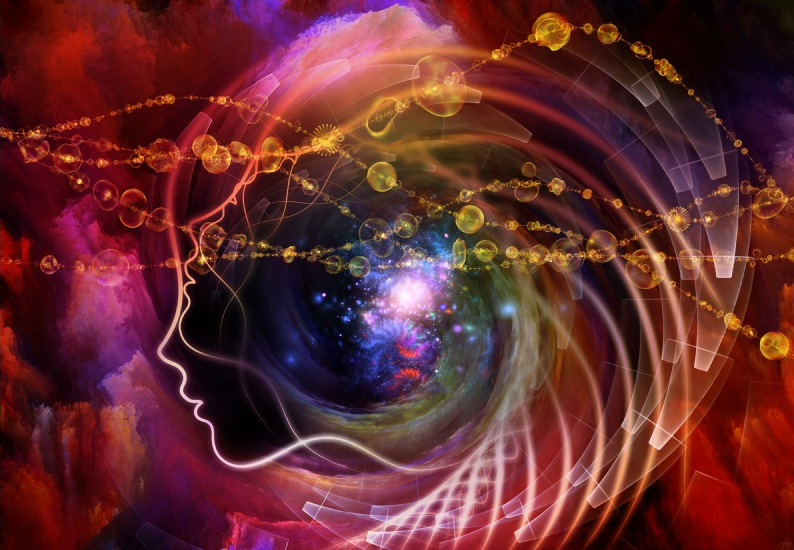
Jill continues her discussion of Human Rights law and personal identity following on from the blog she wrote earlier this year, “Who does the law think we are?“.
Human rights to a personal identity begin with the right to life.
It is often said that without the right to life, no other rights can or will exist. Most human rights law can be related to personal identity, concerned, as all such rights purportedly aim to be, with the protection of humans. Indeed, one could argue that all human rights ultimately derive from the importance of a person’s identity in some sense.
Personal identity relates to existence, to living a life, to living a life of dignity and worth, to living without fear, with shelter, in a safe and healthy environment.
When born, you and I have no control over such things. We, you and I, and him and her, are dependent on others to enable all of our personalities, which only each of us can individually experience, to flourish. When dying, we normally have little or no control over how our own life will end. Indeed, we may have more legal control over what happens to our own body and possessions after death than in the process of death itself.
In 2005 the United Nations reported that, at a conservative estimate, the world’s 500 richest people earn more than the poorest 416 million. In 2010, it reported that a person born in Niger can expect to live 26 fewer years, to have 9 fewer years of education and to consume 53 times fewer goods than a person born in Denmark. According to the Office of National Statistics, in one of the richest cities in the world, London, there is a gap of 15 years in healthy life expectancy between women who live in Richmond Upon Thames, compared to women who live in Tower Hamlets. The gap between the richest and poorest countries in the world has widened over the last 20 years.
We are born into this world. We have no control over whether it will be in Niger, Denmark, Richmond or Tower Hamlets or anywhere else. We have no control over where in any of those societies we find ourselves being born. We have no control over whether we will be born with any disabilities, of which sex, of which race, and sometimes religion. We are perceived by others as having identifying features according to the cultural understandings of our societies, whether we like it or not. What identities we have are indelibly marked by these facts.
As an individual tiny human being drawing our first breath, we need the help and support of other human beings to bring us into this world, to sustain our existence until we, as human animals, are even capable of fending for ourselves. Despite most of us being able to become independent in the sense of capable of looking after ourselves, we remain continually interdependent on each other throughout each of our lives. Who we are and who we become is created in this specific environment. Our identities are created by a rich variety of sources, including genes; our bodies and how they are configured by society; by our families and caring, loving, indifferent or abusive, relationships. Each of us is born and grows up within a particular racial, national, ethnic, religious and/or other belief system, with or without opportunities, education and other life chances. We, as persons, interpret and perceive these factors from the inside. And many of us want to display or reflect our identities in clothing, symbols or general appearance.
Only you can live and experience your life andyour death. The UK Department of Health Code of Practice defines death as:
‘…the irreversible loss of those essential characteristics which are necessary to the existence of a living human person. Thus, it is recommended that the definition of death should be regarded as ‘irreversible loss of the capacity for consciousness, combined with irreversible loss of the capacity to breathe’. The irreversible cessation of brain stem function (brain stem death) … will produce this clinical state and therefore brain stem death equates with the death of the individual.’
As Martin Heidegger reminds us, the most important fact about death is that, for each of us, it is my own death. Yet it is an inevitable fact of life for all of us. The fact of death ‘bestows meaning on life because it offers it the possibility of having a shape that immortality would deny [and]…gives life’s moments a preciousness and urgency that would go lacking if living went on without end.’ (Todd May at p 9 and 95). Knowing of our mortality, we sort out the significant issues from those that do not matter to us. To find meaning in life, built into our sense of who we are, it has been suggested that we consider the sorts of questions people ask about their lives on contemplation of death (see Susan Wolf), as often happens when people find out they have a terminal illness, even though we are all going to, and are aware that we will, die. Such a perspective changes priorities, often away from money and consumerism to truth, love, belonging: matters that we should concern ourselves with (see Alain de Botton). This meaning of life is found in living in the world, which necessarily involves being born into a world that is already in existence, at this period in history; into relationships – family, community, and nations – over which we have no say on our arrival. Our identities are created, developed and exist in this world.
Jill continues this discussion in her blog next month. This series of blogs has been adapted from Jill’s new book, Human Rights Law and Personal Identity.*







